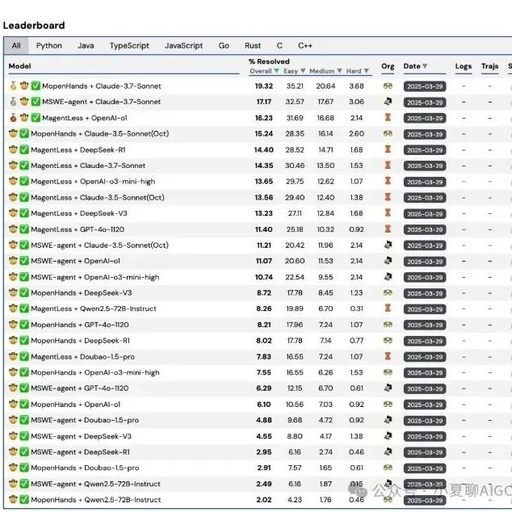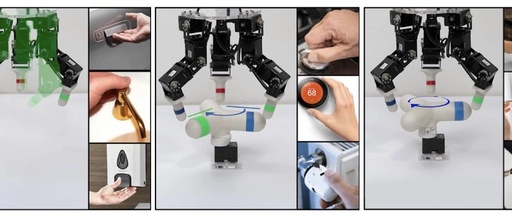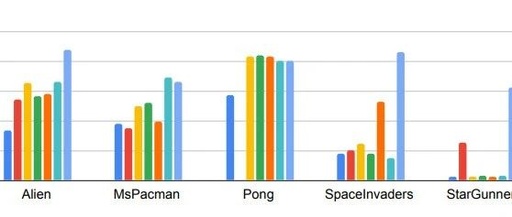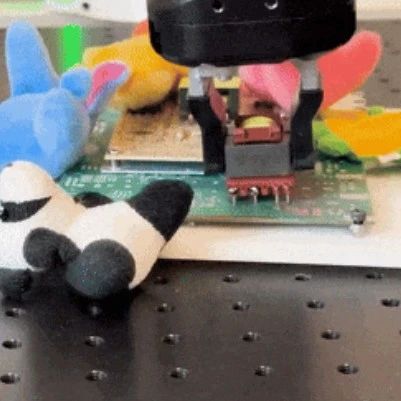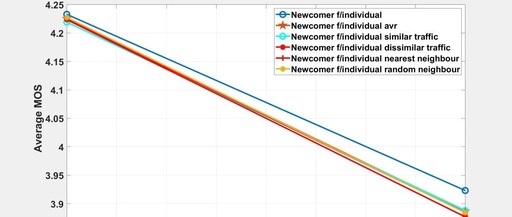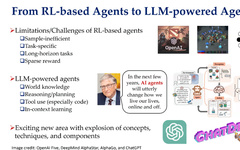Real-time Optimization Scheduling of Virtual Power Plants Based on Improved Deep Q-Networks
Source: “China Electric Power”, 2024, Issue 1 Citation: Zhang Chao, Zhao Dongmei, Ji Yu, et al. Real-time Optimization Scheduling of Virtual Power Plants Based on Improved Deep Q-Networks [J]. China Electric Power, 2024, 57(1): 91-100. Click the “Read the original text” button at the bottom left corner of the article to view the full paper … Read more

